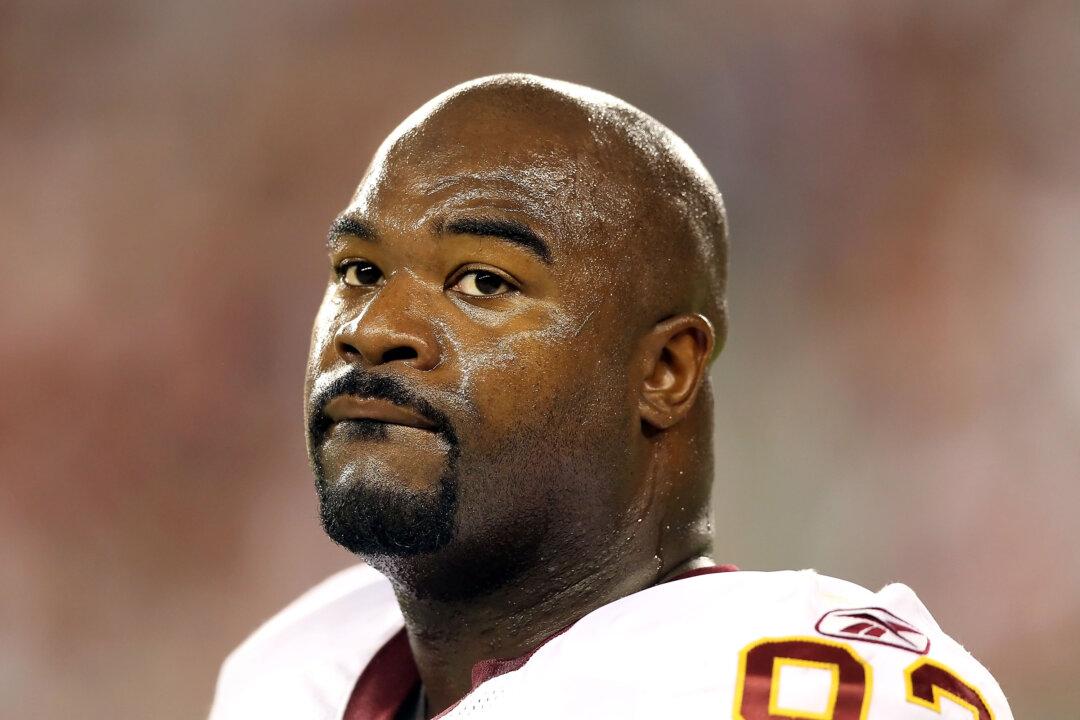Remember when Ndamukong Suh was the biggest catch in free agency? It was just a year ago when the Dolphins handed the former Detroit Lions defensive tackle a six-year, $114 million deal. The result? Miami went from an 8–8 team in 2014 to a 6–10 debacle in 2015.
Not what they were hoping.
The lesson? Overpaying in free agency is a risky business. There are a lot of reasons players change teams for big dollars and end up becoming a liability for their new team.
1. Change of Scheme
In 2009, the Washington Redskins gave free agent defensive tackle Albert Haynesworth a seven-year, $100 million contract to help shore up their defense. Haynesworth, who thrived with the Tennessee Titans in a 4-3 defensive alignment scheme, struggled in Washington’s 3-4 scheme and was traded after just two seasons.
Was the scheme the only reason he struggled? Probably not. He lasted just one more season in the league after the Redskins dealt him away.






